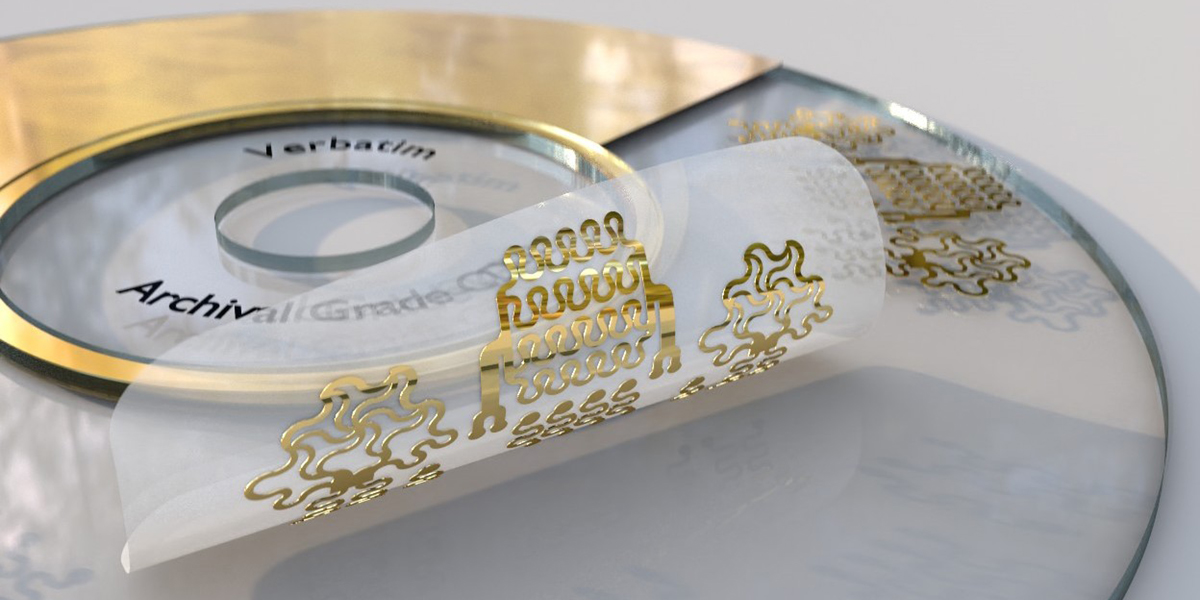Upcycling old CDs into new wearables biosensors is a possibility

As digital music files become increasingly popular, compact discs are likewise becoming obsolete. There may still be a use for some existing CDs, however, as the gold foil in them could be used in the production of wearable biosensors. Although CDs are made mainly of polycarbonate, they do contain a thin layer of reflective foil. That foil is aluminum in most CDs, although gold is used for (debatably) better performance in aptly named golden compact discs.
Normally, when gold CDs are no longer usable, the gold foil goes into the garbage with the rest of the disc. Binghamton University scientists wondered whether they could recover the gold from old CDs for use in skin-attached flexible biosensors because thin layers of gold are also used in those types of sensors.
Under the supervision of Dr. Ahyeon Koh, PhD student Matthew Brown and Asst. Prof. Ahyeon Koh developed a method in which gold CDs were soaked in acetone for 90 seconds – this destroyed the polycarbonate and loosened the bond between it and the foil. Then, a sheet of polyimide adhesive tape was placed on top of the foil, followed by peeling off both it and the underlying polycarbonate with a knife.

Both the gold foil and its tape substrate were then sliced into flexible circuits that may be repeatedly applied to and removed from a person's skin using a commercially available Cricut fabric-cutting machine (typically used by crafters). These biosensors, when combined with other electronics, are able to measure electrical activity in the heart and muscles as well as lactose, glucose, pH, and oxygen levels. All of the information may be transmitted via Bluetooth to a smartphone."
At just $1.50 per sensor, it should cost the same as any other portable electronic device like a smartphone or camera. The manufacturing and recycling process takes approximately 20 to 30 minutes, does not require specialized equipment, and costs around US$1 per sensor. While acetone is used in the procedure, no hazardous chemicals are discharged into the waste stream.
Source: newatlas.com